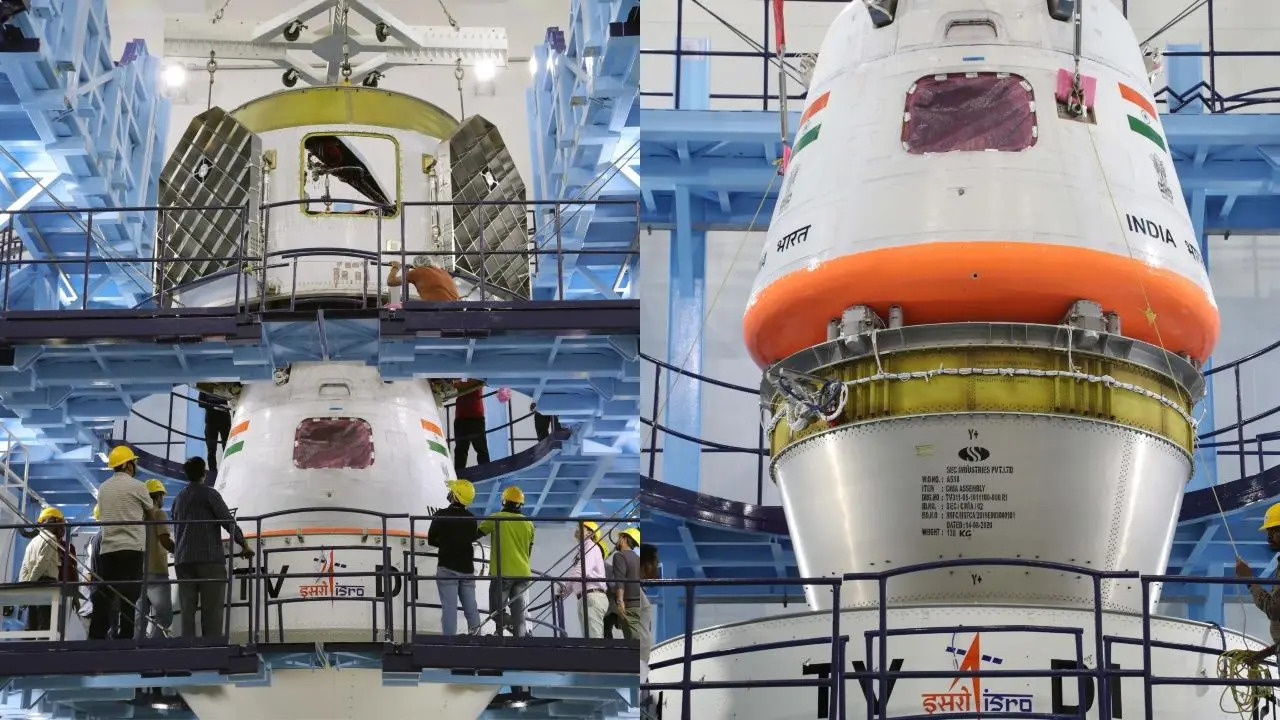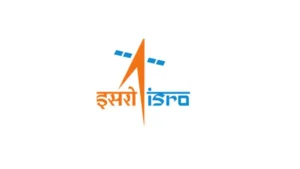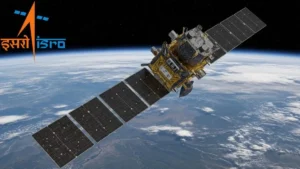In the historical context of space exploration, global superpowers like the United States and Russia have vied for supremacy above Earth, especially during the 1950s and 1960s. The quest to send humans to the Moon experienced a resurgence in recent years, following decades of relative inactivity.
India’s Ascent in Space Exploration
India has firmly entered the race to send humans into space, with its Gaganyaan mission. This initiative aims to conduct India’s first crewed mission to the Moon, marking a significant milestone in the nation’s space endeavors.
The Gaganyaan Mission TV-D1 Test Flight
The recent test flight of Gaganyaan mission TV-D1 served as a crucial milestone in the project. It was designed to evaluate the performance of drogue parachutes in stabilizing the spacecraft and decelerating it during reentry into Earth’s atmosphere.
Anomaly and Resilience
Despite a minor delay in the launch, with a hold of five seconds, the anomaly was promptly detected and addressed, showcasing India’s growing capabilities and adaptability in the space sector.
Test Vehicle Missions
The Gaganyaan project includes a series of test vehicle missions to ensure crew safety. These missions assess the crew escape system and parachute-based deceleration system under various flight conditions. Additional test flights will be conducted before the planned 2025 crewed mission.
Pandemic-Induced Delays and Resumption
Prime Minister Narendra Modi’s announcement in 2018 to send humans to space set the stage for the Gaganyaan mission. The pandemic temporarily delayed the project, but it has now regained momentum.
The Role of ISRO
The success of the recent test flight reaffirmed the preparedness and expertise of the Indian Space Research Organisation (ISRO) in realizing this ambitious project.
Next Steps
The recent test flight is just the beginning of a series of abort tests leading up to the 2025 crewed mission. It also paves the way for upcoming unmanned missions, including the launch of a female humanoid robot named Vyommitra.
Key Differences
During the TV-D1 test, an unpressurized crew module was used. However, the crewed flight test of Gaganyaan will utilize a pressurized crew module, simulating Earth-like atmospheric conditions to ensure crew safety.
Global Space Race
The resurgence of lunar exploration is driven by the Moon’s potential as a resource-rich destination, serving as a stepping stone for future missions to planets like Mars.
Other Global Players
Notably, NASA, China’s space agency, and Russia are actively pursuing lunar exploration. NASA’s Artemis Program aims to land humans on the Moon by 2024, while China plans a lunar research station and manned missions before 2030.
Competitive Lunar Exploration
The competition for lunar exploration has intensified, with the United States, China, and Russia striving to establish their dominance in space exploration and lunar settlements.




 ISRO Launches RESPOND Basket 2025, Calls...
ISRO Launches RESPOND Basket 2025, Calls...
 LVM3-M6 Rocket Set to Launch on December...
LVM3-M6 Rocket Set to Launch on December...
 Michaela Benthaus to Make History as Fir...
Michaela Benthaus to Make History as Fir...







